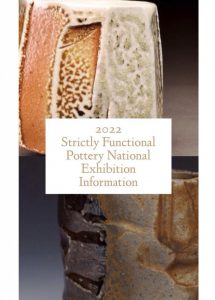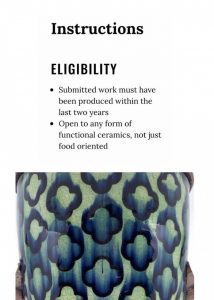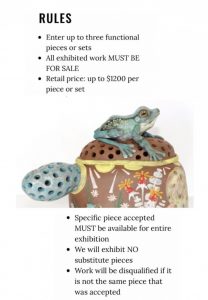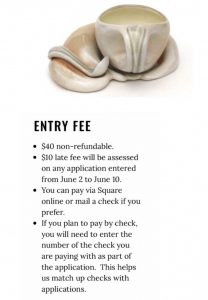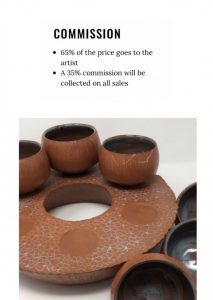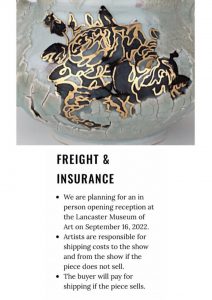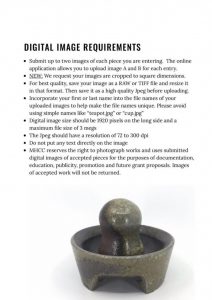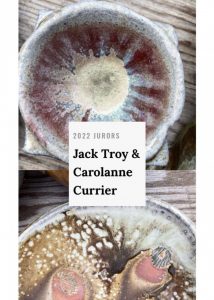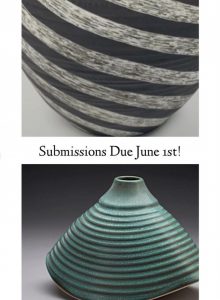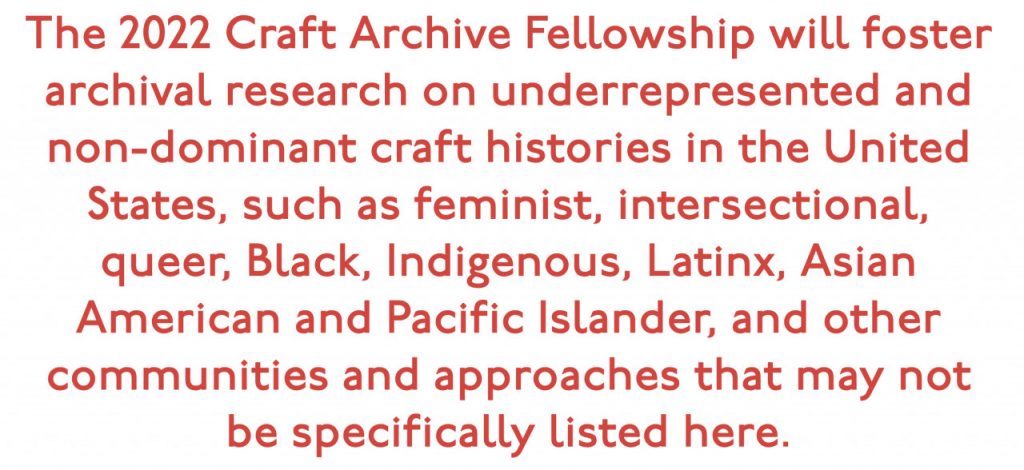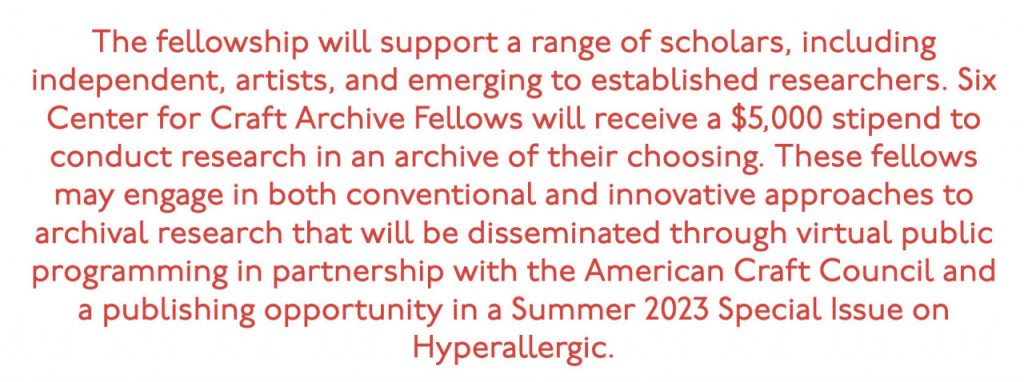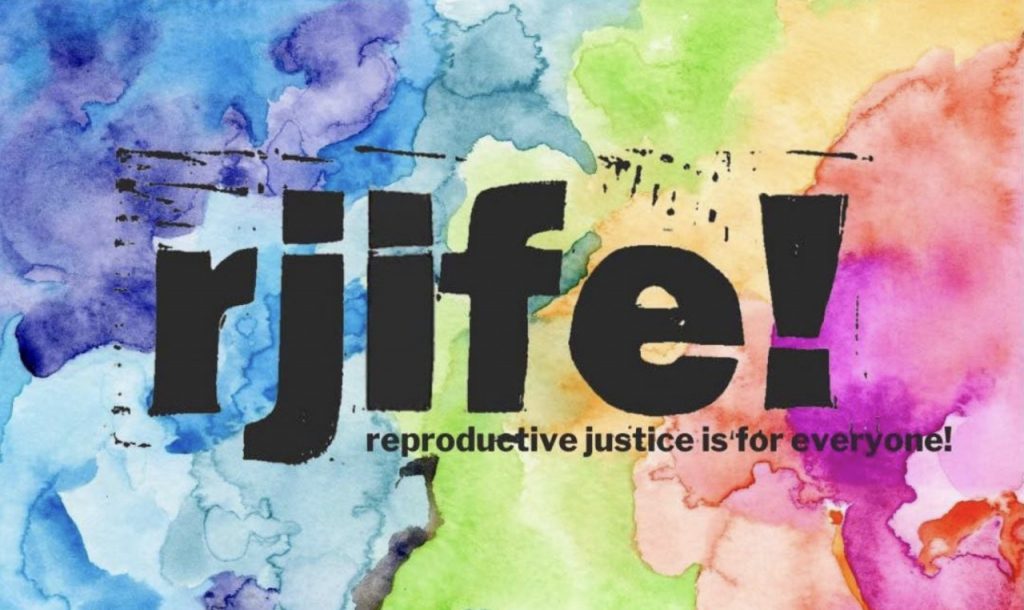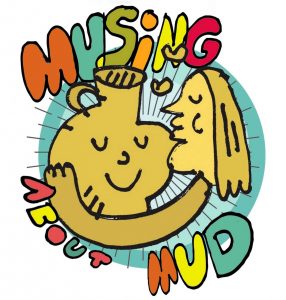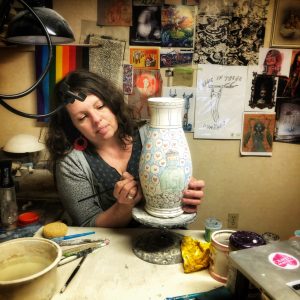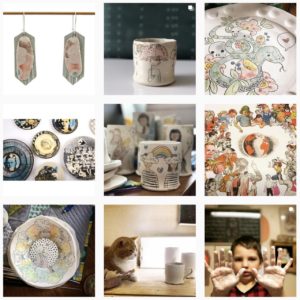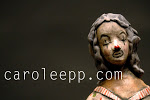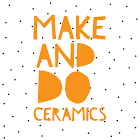by Carole Epp | Aug 9, 2022 | call for entry
| The Crocker-Kingsley Exhibition was first juried in 1940, a tradition that continues to the present day. Over the past 80 years, this prestigious show has included many premier names in American and California art, including Robert Arneson, Elmer Bischoff, Fred Dalkey, David Gilhooly, Ralph Goings, Gregory Kondos, Roland Petersen, Mel Ramos, Ruth Rippon, and Wayne Thiebaud. Works selected by this year’s juror, Emma Saperstein, Chief Curator and Director of Education at SLOMA, will be on display in all 4 galleries at Blue Line Arts. Cash awards will be presented for the following:
1st place: $2,000
2nd place: $1,500
3rd place: $1,000
4th place: $750
5th place: $250
Juror: Emma Saperstein, Chief Curator at the San Luis Obispo Museum of Art (SLOMA)
Crocker Art Museum staff will select five pieces from the show (which may or may not be award winners), for public display at the museum following the exhibit at Blue Line Arts.
Important Dates
Application deadline: Online applications must be submitted by 5:00pm PST on October 14th, 2022.
Show dates: December 2nd, 2022 – January 14th, 2023
Notifications: Results will be sent by 5pm PST on October 28th, 2022.
Shipping deadline of work to Blue Line Arts: November 11th, 2022
Hand deliver work to Blue Line Arts: November 27th and 28th from 10am-3pm
Opening Reception – Awards and Crocker Selections announced: Saturday, December 17th, 2022
Pick up unsold work from Blue Line Gallery: January 15th & 16th, 2023 from 10am-3pm
5 Artists Selected for the Crocker Art Museum: February 5th – April 30th, 2023
Application requirements: Applicants must apply using the online application form, available through the Callforentry.org website.
There is a $45 fee for all applicants. Up to 10 additional images can be submit for an extra $5/image. Please capitalize first letters of all names, titles and medium in application.
Image specifications:
■ Between 1mb and 3mb in size
■ Minimum of 1200 px on one side
■ Images must be in JPG format.
Limitation and restrictions
■ All work must be original and completed within the last two years.
■ Works must not have been previously exhibited at Blue Line Arts.
■ All 2-D works must be ready to hang with wire backing (no sawtooth hangers).
■ All artwork must be for sale.
■ Blue Line Arts handles all sales transactions and receives a 50% commission from all gallery sales for non-members and a 40% commission from artist members. (Artist level Membership costs $72 for the year starting the day you join)
■ Accepted artwork which differs significantly from the image in the online submission will be disqualified.
■ No accepted entry may be withdrawn or sold outside of the exhibition prior to the closing date.
■ The artist is responsible to pay for all shipping and should have a prepaid label from FedEx or UPS (No US Post) for return of artwork.
■ Size limitations:
Artwork must be able to enter through the doors with a clearance of 94”h x 91” w.
Ceilings in the gallery are 10 feet tall.
Eligibility
Open to all artists residing in the United States.
Must be 18 years or older to apply.
Questions: If you have any questions about submissions, please contact Blue Line Arts staff during open hours at: (916) 783-4117 or email [email protected] |
by Carole Epp | Aug 9, 2022 | job posting, residency opportunity
Artist in Residence: 2022-2023
Midwestern State University (MSU Texas) – Juanita and Ralph Harvey School of Visual Arts
Art Department (Ceramics)
Dates of Residency: August 22, 2022, through August 10, 2023 (one year minimum, with the possibility of one year renewal)
Application Deadline: The position will be open until filled.
Description: This self-directed residency is designed to provide a ceramic artist with university-based studio access, as they make the transition from or between academic settings. Furthermore, the program is intended to allow a resident the time and space to pursue a body of work in a creative and energetic environment, while enhancing the art program at MSU Texas. The accepted artist will participate within the ceramics area as an adjunct professor, an informal collaborator and mentor for students, while working in the common studio space. To see images of the ceramic studio at MSU Texas, please go to:
MSU Ceramics
Minimum qualifications: An MFA in ceramics (or related discipline) is required. All applicant reviews will be based on portfolio review, qualifications, and individual artistic and professional merit.
Duties and Expectations for the Resident Artist: This is a part-time position. Work will include a combination of the below duties and activities up to a limit of 19 hours per week (final combination of duties may vary, and will be determined in consultation with the ceramics professor):
- Assistance with studio management and maintenance, including but not limited to loading and unloading kilns, materials inventory, mixing clay, mixing glaze, firing kilns, equipment repairs and cleaning, etc.
- Facilitate the making of bowls for the Wichita Falls Empty Bowls event
- Teach one non-for-credit continuing education course per semester, with the possibility of one additional art foundations or general education (adjunct) class per semester (*)
- Attend opening receptions and special events
- Help set up and work the Mother’s Day Ceramic Sale
- Help fire the wood kiln once per semester
- Give one public lecture on her/his work
- Donate one piece of artwork for MSU’s permanent collection
- Other duties may be assigned by Ceramics professor or Chair of the department
Midwestern provides:
- A rent subsidized apartment located on campus in a residence hall with all utilities paid including Wi-Fi (details to be discussed during the interview process)
- Reasonable supply of materials and firing privileges
- A small office with internet access and storage space
- 24-hour/7 days per week access
- Studio space in the common 4000 square foot studio area
- Access to adjunct faculty privileges (library access, wellness center, etc.)
- Compensation of $6,000 per year, divided throughout the year and paid on hourly rate basis. This is not a stipend. The resident is paid by the hours worked, which are approximately 12 hours per week. A timeclock must be used.
- An exhibition (details to be discussed during the interview process)
* Optional and possible additional compensation of $2,500 for each art foundations or general education course taught as an adjunct professor (combination of all teaching and non-teaching duties to be determined each semester and will not exceed 19 hours per week or its equivalency for both teaching and non-teaching duties. Up to one adjunct course per semester may be allowed).
The ceramics studio at the Harvey School of Visual Art is equipped with the following (available to the resident artist):
- Three computer controlled electric kilns
- Large Brent slab roller
- Two extruders
- Three pugmills
- Soldner mixer
- Separate well equipped glaze room
- Spray booth
- Separate materials and clay mixing/storage room
- Two 3D ceramic printers
- 18 electric wheels
- One wheelchair accessible wheel
- Ball mill
- 5,000 square foot covered kiln yard with the following:
- Two 40 cubic foot computer controlled Geil car kilns
- A 30 cubic foot “fast fire” wood kiln
- Two older updraft kilns
- A 30 cubic foot downdraft soda kiln
- A 3 cubic foot updraft test kiln
Artist in residence may have access, by permission, to the following studios:
- Painting
- Sculpture
- Metals
- Printmaking
- 24 station Adobe Suite equipped Mac lab with large format printers
Application: For consideration, please use a PDF compression software such as SMALLPDF to compress your document, and email it to Steve Hilton at [email protected]. I will not receive your document if you do not compress it to less than 5MB
Please put your documentation in A SINGLE PDF, in the following order:
- Letter of interest including a short paragraph on what you would like to accomplish while at MSU
- CV
- Artist’s statement
- 20 jpegs of recent work (please note your website URL (web address) if possible) If you list your website address, you do not need to include images in your PDF
- If available, a minimum of 10 jpegs of student work. These can be on your website as well.
- Contact information (email and cell phone) for 3 references . . . Please make one reference a graduate ceramic professor and one an undergraduate ceramic professor. A reference from a current employer is preferred for your third reference.
Questions or request for a meeting at NCECA may be sent to Steve Hilton at:
[email protected]
Midwestern State University is AN EEO/ADAAA COMPLIANCE EMPLOYER
This position is designated as security sensitive and requires the finalist to complete a criminal background check.
by Carole Epp | May 13, 2022 | call for entry

